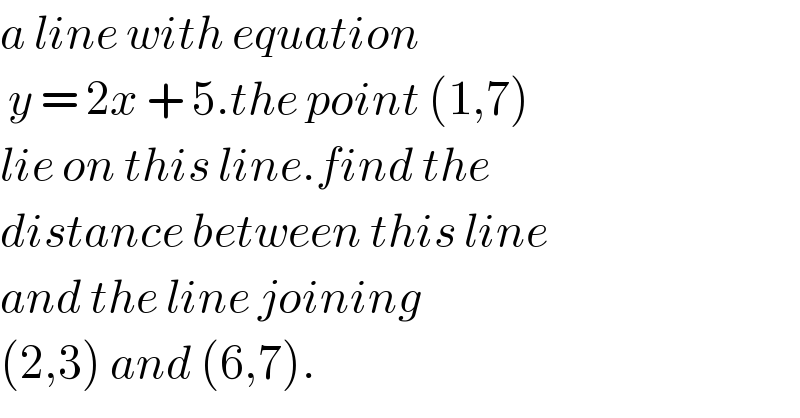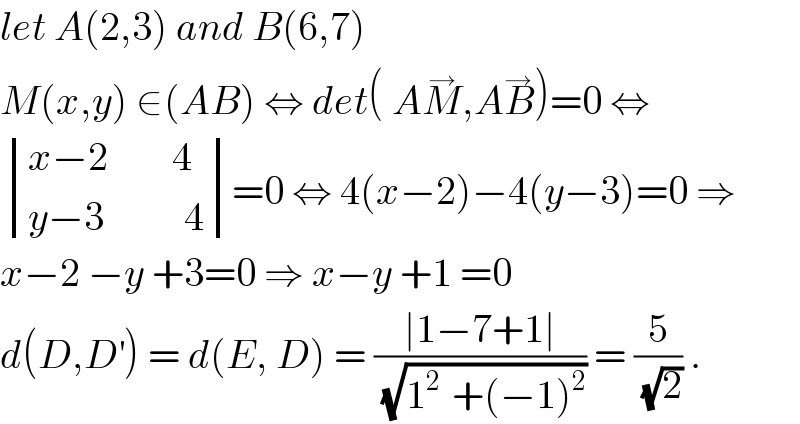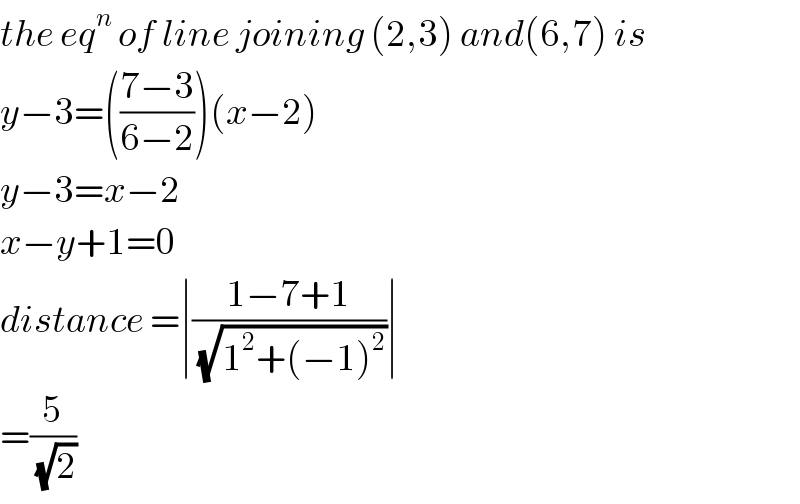
Question and Answers Forum
Question Number 38996 by Rio Mike last updated on 01/Jul/18

Commented by math khazana by abdo last updated on 02/Jul/18

Answered by tanmay.chaudhury50@gmail.com last updated on 01/Jul/18

| ||
Question and Answers Forum | ||
Question Number 38996 by Rio Mike last updated on 01/Jul/18 | ||
 | ||
Commented by math khazana by abdo last updated on 02/Jul/18 | ||
 | ||
Answered by tanmay.chaudhury50@gmail.com last updated on 01/Jul/18 | ||
 | ||
| ||